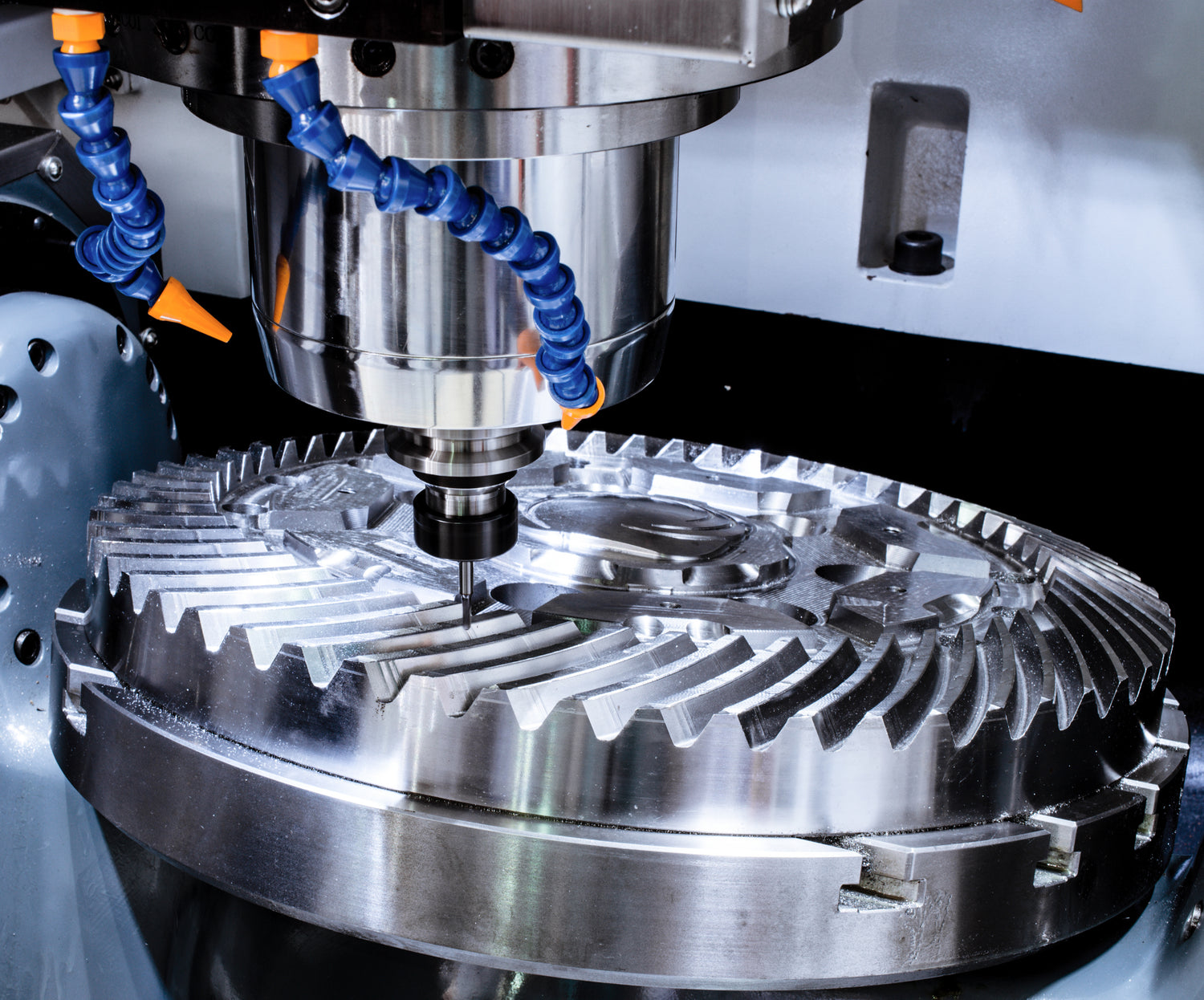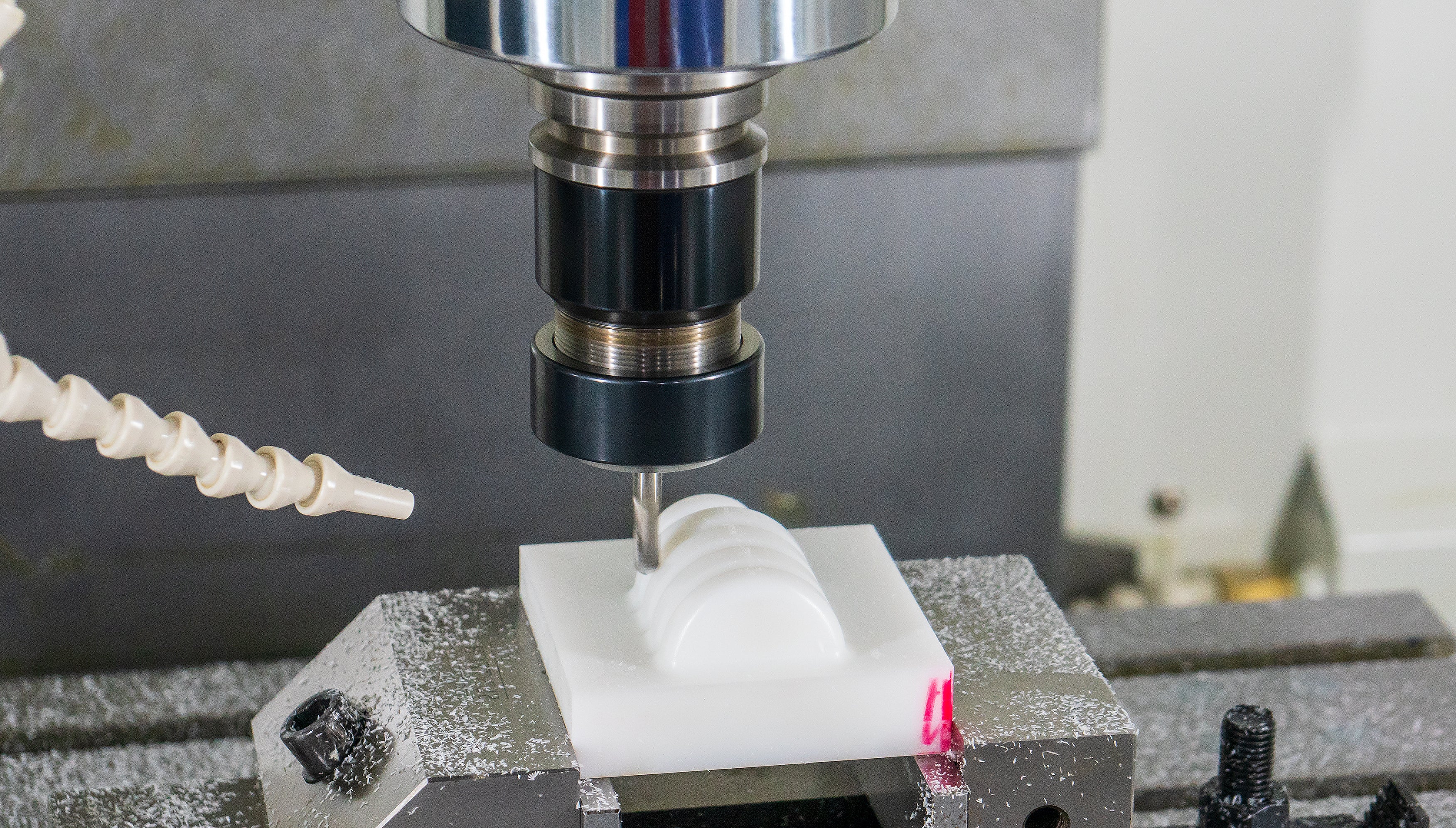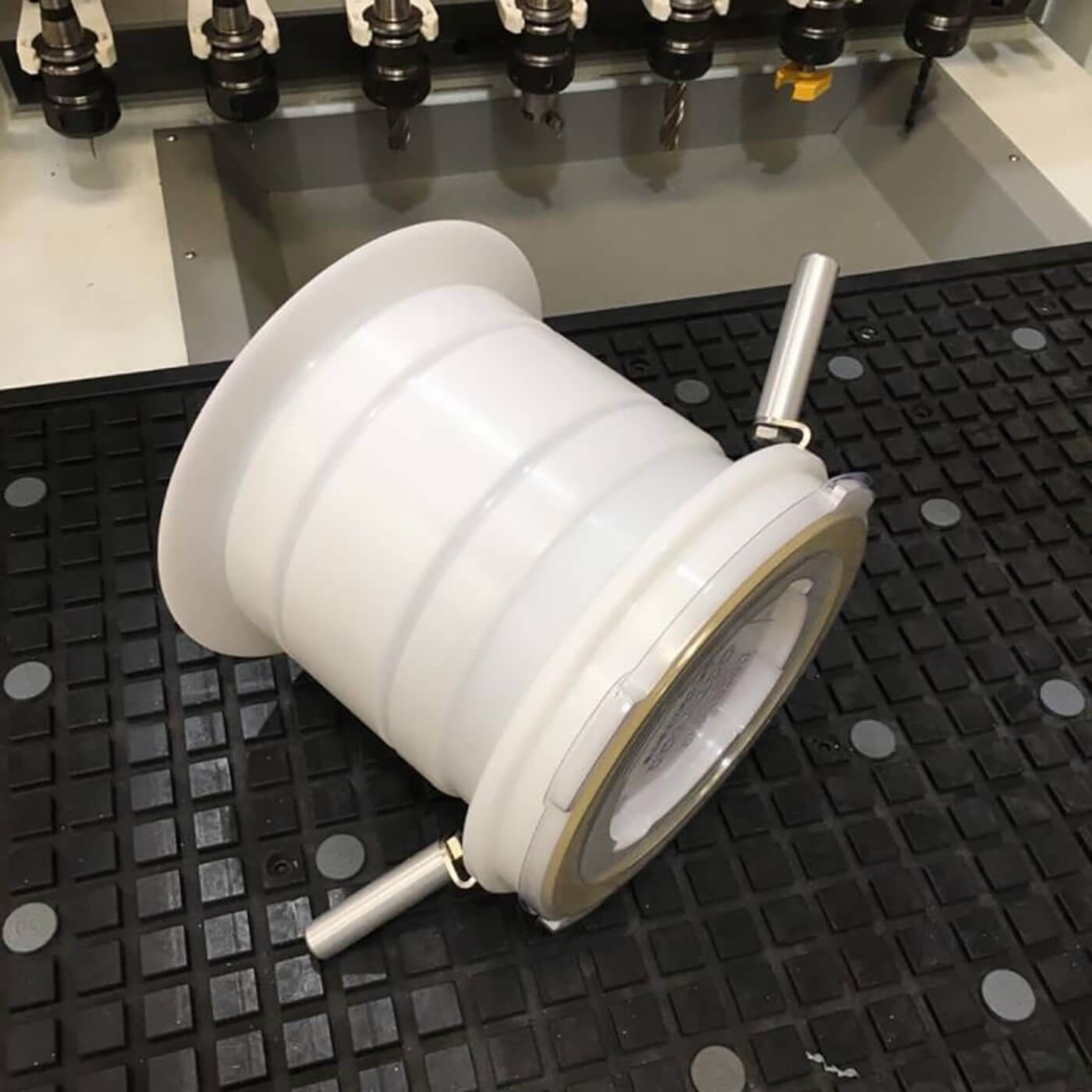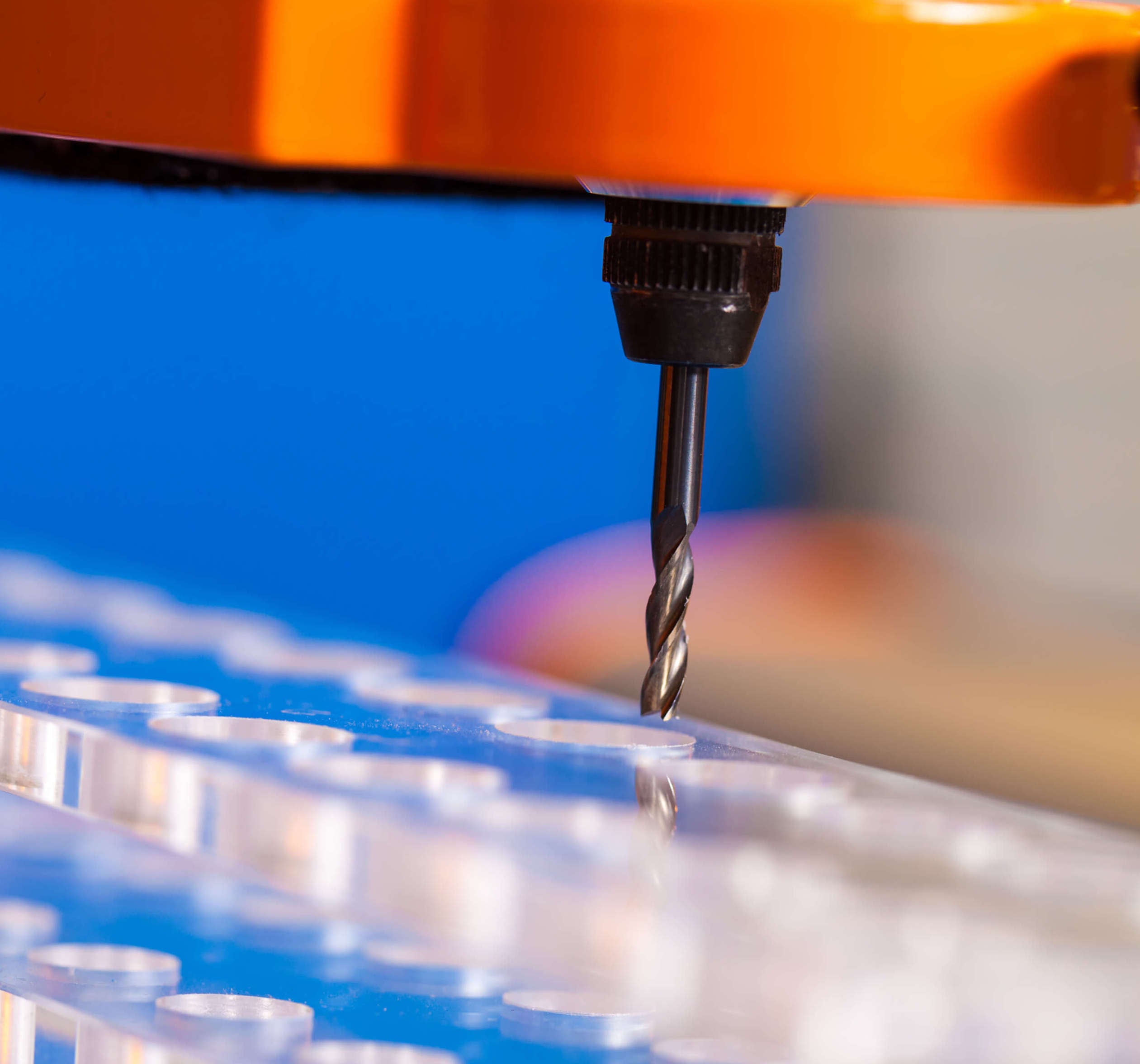When it comes to manufacturing, CNC metal machining stands out as one of the most popular in the world of precision engineering. This technology has changed the way metal components are made, providing high levels of accuracy, efficiency, and versatility. From intricate aerospace parts to robust automotive components, CNC metal machining has permeated virtually every industry where precision is key.
Before CNC Metal Machining: The history of metal fabrication.
Before the rise of CNC machining, metal fabrication relied on manual labor and conventional machining techniques. While effective to some extent, these methods often fell short in terms of precision and repeatability, leading to inconsistencies in the final products. With the introduction of CNC technology, the manufacturing landscape underwent a paradigm shift.
How CNC Metal Machining Works.
At the heart of CNC metal machining lies a sophisticated interplay of hardware and software. The process begins with a digital design, typically created using Computer-Aided Design (CAD) software. This design serves as the blueprint for the final product, detailing every dimension and contour with meticulous precision.
Once the design is finalised, it is translated into machine-readable instructions, known as G-code, which dictates the movements of the CNC machine's cutting tools. These instructions are fed into the CNC controller, which orchestrates the entire machining operation with precision timing and coordination.
The CNC machine itself comprises several key components, including the workpiece, cutting tools (such as drills, mills, and lathes), spindle, and axis system. As the machine executes the programmed instructions, the cutting tools engage with the workpiece, gradually removing material to achieve the desired shape and dimensions.
Advantages of CNC Metal Machining.
The widespread adoption of CNC metal machining can be attributed to its myriad advantages:
1. Precision: CNC machines offer unparalleled accuracy, allowing for the creation of intricate geometries and tight tolerances that would be impossible to achieve through manual means.
2. Efficiency: By automating the manufacturing process, CNC machining significantly reduces lead times and enhances productivity. Complex parts can be produced rapidly and consistently, optimising production throughput.
3. Versatility: CNC machines are highly adaptable, capable of machining a wide range of materials, including aluminium, steel, titanium, and alloys. This versatility makes them indispensable across various industries, from aerospace and automotive to medical and electronics.
4. Cost-Effectiveness: While the initial investment in CNC equipment may be substantial, the long-term cost savings are substantial. Reduced labor costs, minimal material wastage, and enhanced efficiency contribute to a compelling return on investment.
5. Quality Assurance: With CNC machining, quality control is built into the process. Each component is produced to exact specifications, minimising defects and ensuring consistent quality from batch to batch.
Innovations in CNC Metal Machining.
As technology continues to advance, so too does the field of CNC metal machining. Innovations such as multi-axis machining, high-speed machining, and additive manufacturing have further expanded the capabilities of CNC machines, pushing the boundaries of what is achievable.
Multi-Axis Machining: By incorporating additional axes of motion, such as simultaneous rotation and tilting, multi-axis CNC machines can access complex geometries from multiple angles, enabling the production of highly intricate components with minimal setups.
High-Speed Machining: Advances in spindle technology, tooling, and control systems have led to the proliferation of high-speed machining techniques, allowing for faster material removal rates and reduced cycle times without sacrificing accuracy.
Additive Manufacturing: While subtractive machining remains the predominant method for metal fabrication, additive manufacturing, or 3D printing, is gaining traction as a complementary technique. By selectively depositing material layer by layer, additive manufacturing offers unique design freedoms and the ability to produce complex geometries with minimal waste.
The Future of CNC Metal Machining.
As we look to the future, the trajectory of CNC metal machining is poised for continued innovation and refinement. Emerging technologies such as artificial intelligence, machine learning, and advanced materials hold the promise of further enhancing the capabilities of CNC machines, opening new frontiers in precision engineering.
From aerospace components that defy gravity to medical implants customised for individual patients, CNC metal machining will continue to shape the way we design, manufacture, and innovate. In an ever-evolving landscape driven by precision and performance, CNC machining stands as a beacon of excellence, empowering industries to reach new heights of achievement.
In conclusion, CNC metal machining represents the epitome of precision engineering, combining cutting-edge technology with meticulous craftsmanship to deliver components of unparalleled quality and complexity. As we embrace the possibilities of tomorrow, the legacy of CNC machining will endure as a testament to human ingenuity and the relentless pursuit of perfection.





Leave a comment
This site is protected by reCAPTCHA and the Google Privacy Policy and Terms of Service apply.